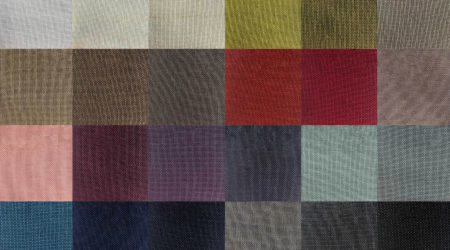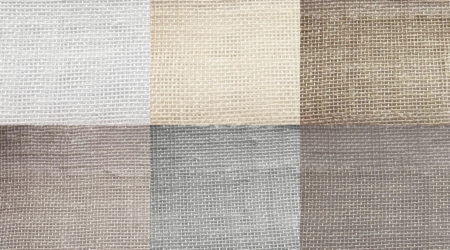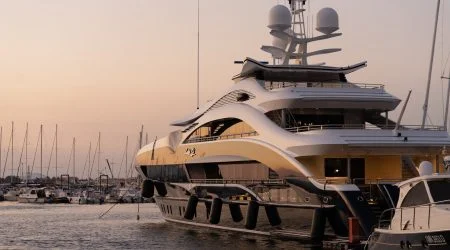New Mirage Voile IFR Range Available
Discover our brand new range of Mirage Voile IFR, made from 100% polyester and Inherently Flame Retardant.
Read MoreSpecialising in the production of theatre and stage drapes for over 30 years
Ensuring your curtains and drapes are fire retardant is crucial for all kind of spaces; whether it’s a theatre or village hall. Some fabrics are more resistant to flames then others. Those that are more flammable can be treated to burn slower, reducing fire hazards and adhering to safety standards.
Ensuring your curtains and drapes are fire retardant is crucial for all kind of spaces, whether it’s a theatre, church or village hall. Some fabrics are more resistant to flames then others, so those that are more flammable can be treated to burn slower, reducing fire hazards and adhering to safety standards.
IFR- Inherently Flame Retardant refers to fabrics that are woven with naturally flame resistant fibres and meet the fire standards without having to be treated with other chemicals.
DFR- Durable Flame Retardant means that the fabric has been manufactured with a flame retardant finish and will withstand a number of cleanings before it needs to be retreated to conform to British Standards.
NDFR– Non Durable Flame Retardant relates to fabrics that have been treated to take longer to ignite. However, if they come into contact with liquid the material will need to be treated to meet flammability requirements. These fabrics are dry clean only.
CBFR- Can Be Made Fire Retardant indicates that the fabric currently isn’t flame retardant, however, it can be treated to meat public spaces regulations and become either DFR or NDFR.
CNFR- Cannot Be Made Fire Retardant signifies that the fabric, such metallic or certain synthetic fabrics, can’t be treated to adhere to the British Standards and therefore shouldn’t be used in public venues.
When purchasing drapes for your venue, it is vital that you ensure the fabric has been treated to conform to the British Standards of BS 5867 and has the certification to prove this. There are two different parts to this Standard that suit different applications and environments.
Type B
BS 5867 Part 2: Type B is the standard for curtains and drapes that are used in hotels, public buildings and offices. The fabric is placed on a metal frame and a flame is applied to the surface for 15 seconds both before and after cleaning. The fabric passes the test if:
Type C
BS 5867 Part 2: Type C is the code for curtains hung in hospitals and healthcare environments. The fabric is again tested before and after cleaning, such as 50 cycles of washing. It’s hung on a metal frame and then a flame is applied to the fabric surface for 5, 15, 20 and 30 seconds. The fabric then passes the test if:
No fabrics are indefinitely fire resistant, but certain chemical structures mean some are more flame retardant than others.
The weight and weave of the fabric will also affect the ignition and burn time of the fabric. lightweight materials will burn quicker than heavier fabrics, whilst textured fabrics such as velvet will ignite more easily than those with a smooth surface.
For more information or to speak to the team about your requirements, do get in touch with the team today via our contacts page.

Discover our brand new range of Mirage Voile IFR, made from 100% polyester and Inherently Flame Retardant.
Read More
Discover our brand new range of Eco Voile IFR, made from 100% recycled polyester and Inherently Flame Retardant.
Read More
We now have IMO (International Maritime Organisation) Certification for the following qualities…
Read More